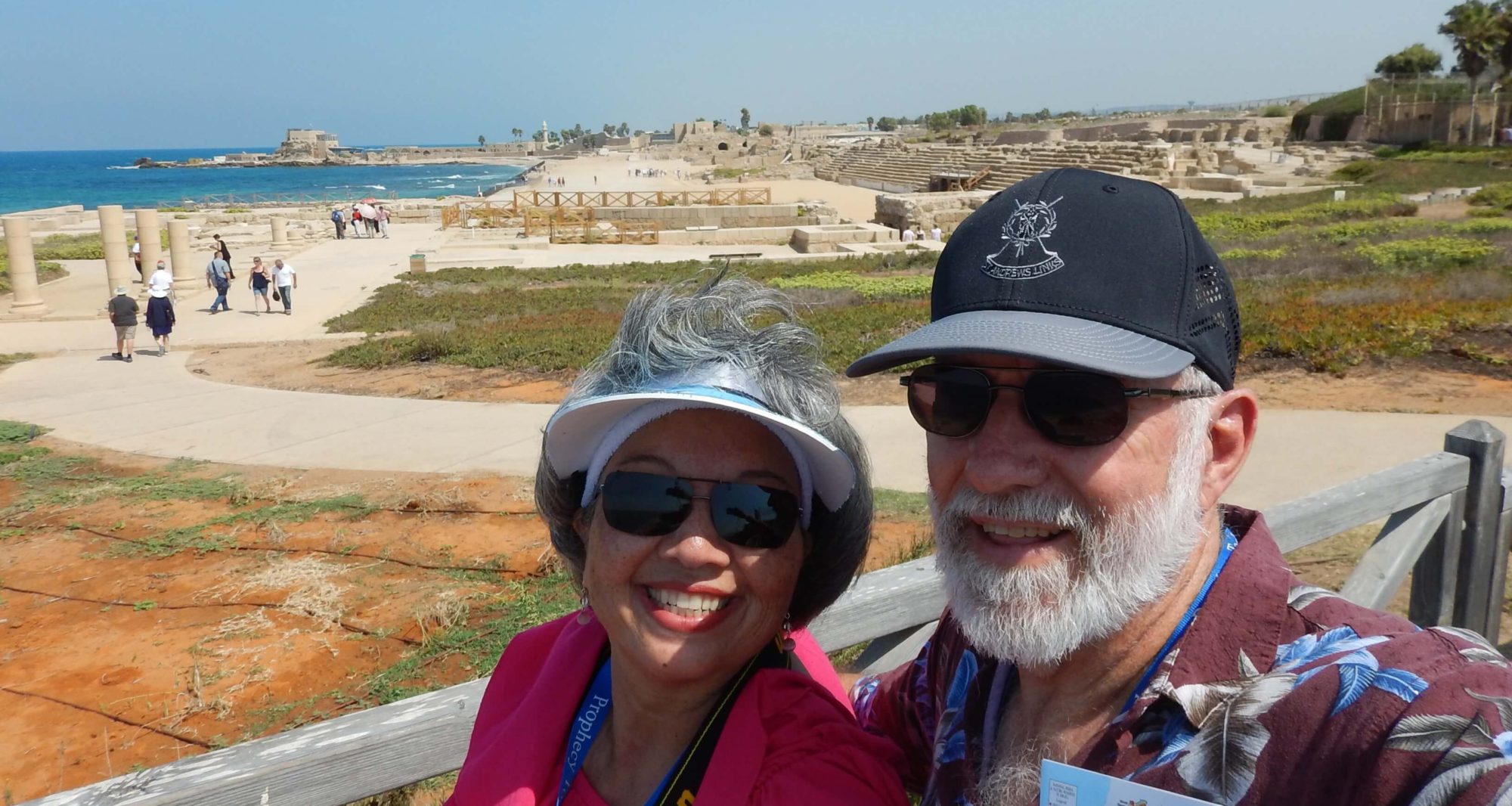“The Lord is not slack concerning his promise, as some men count slackness; but is longsuffering to us-ward, not willing that any should perish, but that all should come to repentance.” 2 Peter 3:9
I was so excited to wake up to my first glimpses of Africa! As we neared the port, I was somewhat surprised to see it looked like any other port city! (I don’t really know what I expected. Images of bedouins riding in camel caravans come to mind!) Morocco is on the northwestern coast of Africa, and at its nearest point, it is only 8 miles from Europe. It’s climate is a mild Mediterranean one with average summer temperatures hovering around the 80 degree mark. Casablanca was founded in the 10th century by the Berbers. Claimed initially by Portugal, it was also influenced by the Spanish, who helped rebuild the city after a devastating earthquake in Lisbon, Portugal in 1755 created aftershocks which extensively damaged Casablanca. It became a French protectorate in the early 20th century and grew quickly. Today it is Morocco’s largest city, with a blend of French and Moroccan influences.
Hassan II Mosque

It was built by, and named for the father of present king of Morocco.
Architecture: Spanish Moorish architecture has three characteristics. 1. The cedar wood that is used is from the Atlas Mountains in northern Morocco is at the top of the walls. 2. Walls are plaster and the designs must be etched by artisans while the plaster is still wet, and that is below the cedar. 3. Mosaics are at the bottom of the walls, and there are Arabic calligraphic writings also near the wall bottoms. These writings are verses from Quran.

No statues or figurines are allowed in the mosque. Italian marble and chandeliers are used throughout the mosque. There is a 20,000 square meter prayer area that can accommodate 25,000 people at one time. It has an ornate retractable ceiling, and a canal through which water flows. Water is known as the “Fountain of Life.” The main cedar door is where the Iman (religious leader stands), and it is in the direction of Mecca. Prayer call is 5 times a day. You can see the speakers that announce the call to prayer in the photo below.

Below the prayer room are 41 fountains. Water in the lotus-shaped fountains is used to cleanse oneself before prayer. Muslims repeat the washing three times before going to prayer.

The Moroccan flag is red with a five pointed star. The points on the star present the 5 pillars of Islam and the 5 calls to prayer.

Our next stop was the Merkat, a restaurant on the Atlantic shore. Here we sampled Moroccan mint tea and cookies.

We ran across the street to visit a McDonalds and it was practically deserted! Why? This is the month of Ramadan when Muslims fast from sunrise to sunset!

Our Lady of Lourdes Catholic Church

Religious tolerance, that is freedom of religion, is guaranteed in the Moroccan constitution. Most of the population follows Islam, while less than 1% are Christian.
Habous Quarter
The government office building sign is written in Arabic, Berber dialect, and French. The Berber language was only oral, so the written is considered a “borrowed” language. This was a courthouse; now it is the city hall government offices. A portrait of Mohammed VI, current king of Morocco is in the entrance. The architecture is the same as the Hassan II mosque with cedar walls, carved plaster, and mosaics. There is an outer patio with a few orange trees and room to stroll.

Morocco is a constitutional monarchy. However, unlike most constitutional monarchies, the Moroccan king has real powers with the right to veto any legislation, therefore it is not a true constitutional monarchy. There is a two house parliament with members who serve for 5 or 6 years depending on whether they were elected to the upper or lower parliament, and there is a prime minister, who is chosen by king from the majority political party.
Souvenir Shopping

We finished the day buying a few souvenirs, and then our guide made a very special stop for us. He stopped at the Casablanca train station so five of us on the bus could get a Starbucks mug! That was such an unexpected blessing!
Next stop: Cadiz, Spain
